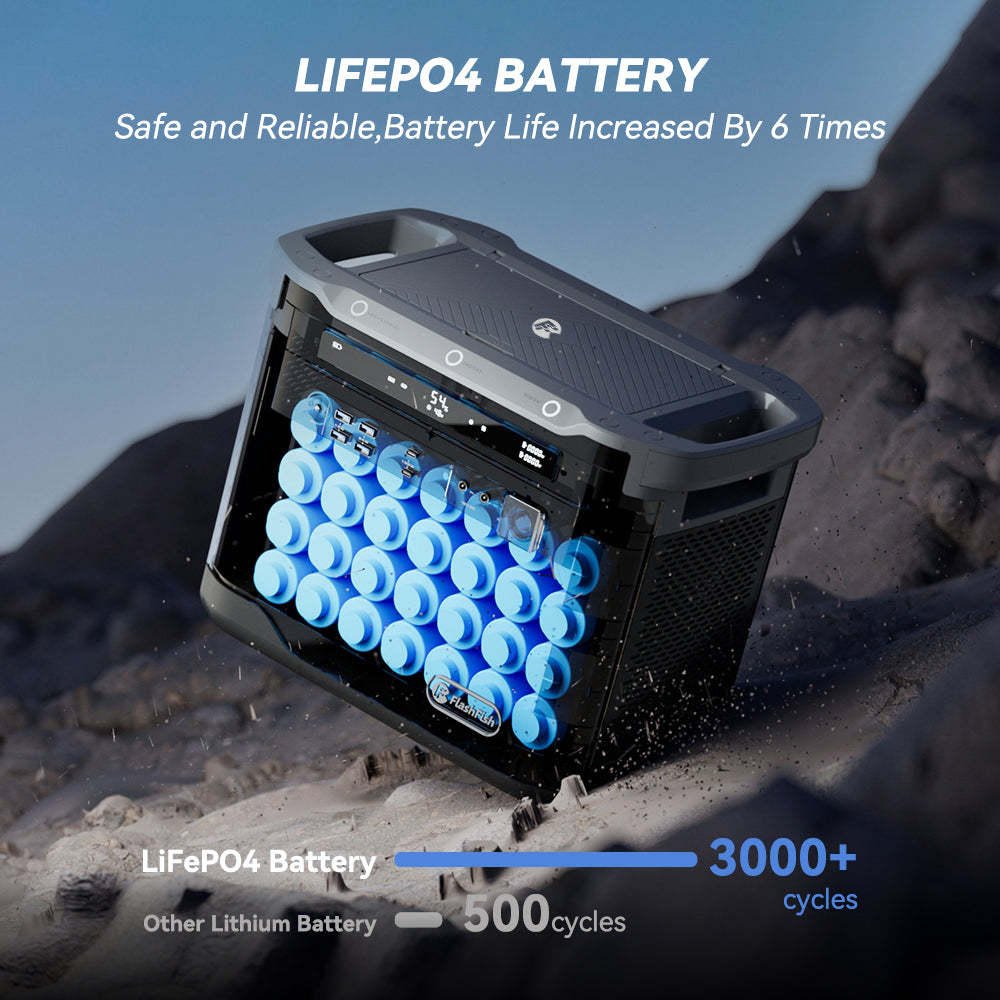Batteries are the lifeblood of our modern devices, from smartphones to electric vehicles. Proper maintenance and care can significantly extend the lifespan and performance of your batteries. In this blog post, we will discuss how to maintain various battery types, including lead-acid, nickel-metal hydride (NiMH), nickel-cadmium (NiCd), and two types of lithium-ion batteries: ternary lithium and lithium iron phosphate (LiFePO4). Let’s dive into the best practices for battery maintenance! 🛠️
1. Lead-Acid Batteries ⚙️
Lead-acid batteries are commonly used in vehicles and backup power systems. Here are some maintenance tips:
Maintenance Tips:
-
Regular Charging: Keep your lead-acid battery charged. Avoid letting it discharge below 50%, as deep discharges can shorten its lifespan. Use a smart charger that prevents overcharging. ⚡
-
Clean Terminals: Corrosion can build up on battery terminals, affecting performance. Clean the terminals with a mixture of baking soda and water, and ensure they are tightly connected.
-
Check Electrolyte Levels: If you have a flooded lead-acid battery, regularly check the electrolyte levels. Top up with distilled water if necessary, but avoid overfilling.
-
Temperature Control: Store and use lead-acid batteries in a temperature-controlled environment. Extreme temperatures can damage the battery and reduce its capacity. Aim for a range of -20°C to 50°C (-4°F to 122°F). 🌡️
2. Lithium-Ion Batteries 🔋
Lithium-ion batteries are widely used in consumer electronics and electric vehicles. They can be divided into two main types: ternary lithium and lithium iron phosphate (LiFePO4).
A. Ternary Lithium Batteries (NMC/NCA) 🌟
Ternary lithium batteries are known for their high energy density and performance.
Maintenance Tips:
-
Avoid Deep Discharges: Try not to let the battery discharge below 20%. Frequent deep discharges can significantly reduce its lifespan.
-
Optimal Charging: Charge your ternary lithium battery at moderate temperatures (ideally between 0°C to 45°C (32°F to 113°F)). Avoid charging in extreme heat or cold, as this can lead to performance issues.
-
Storage: If you need to store the battery for an extended period, keep it at around 50% charge and in a cool, dry place. This helps maintain its health.
-
Monitor Temperature: Keep an eye on the battery temperature during use and charging. If it gets too hot, stop using it and let it cool down. 🔥
B. Lithium Iron Phosphate (LiFePO4) Batteries 🔋
LiFePO4 batteries are known for their safety and thermal stability.
Maintenance Tips:
-
Regular Charging: Similar to ternary lithium batteries, avoid letting LiFePO4 batteries discharge below 20%. They can handle deeper discharges better, but it’s still best to keep them charged.
-
Temperature Management: LiFePO4 batteries can operate in a wider temperature range (-20°C to 60°C (-4°F to 140°F)), but it’s still important to avoid extreme conditions.
-
Use Compatible Chargers: Always use chargers specifically designed for LiFePO4 batteries to prevent damage and ensure efficient charging.
-
Periodic Inspection: Regularly check for any signs of swelling, leakage, or damage. If you notice any issues, discontinue use and consult a professional.
3. Nickel-Metal Hydride (NiMH) Batteries 🌿
NiMH batteries are commonly used in hybrid vehicles and rechargeable household batteries.
Maintenance Tips:
-
Avoid Overcharging: Use smart chargers that prevent overcharging, as this can lead to reduced capacity and lifespan.
-
Temperature Awareness: Store NiMH batteries in a cool, dry place, ideally within the range of -20°C to 60°C (-4°F to 140°F). Avoid exposing them to extreme temperatures.
-
Regular Use: NiMH batteries benefit from regular use. If left unused for long periods, they can self-discharge and lose capacity.
-
Clean Contacts: Just like lead-acid batteries, ensure the terminals are clean and free from corrosion. This helps maintain a good connection and performance.
4. Nickel-Cadmium (NiCd) Batteries ⚡
NiCd batteries are known for their durability and ability to perform well in extreme conditions.
Maintenance Tips:
-
Full Discharge Cycles: NiCd batteries benefit from being fully discharged and then fully charged periodically. This helps prevent the "memory effect," which can reduce capacity.
-
Temperature Control: Store and use NiCd batteries within the range of -20°C to 50°C (-4°F to 122°F). Extreme temperatures can affect performance and lifespan.
-
Regular Inspection: Check for any signs of damage or leakage. If you notice any issues, replace the battery immediately to avoid hazards.
-
Proper Disposal: NiCd batteries contain cadmium, which is hazardous. Always dispose of them according to local regulations to minimize environmental impact. ♻️
Conclusion
Proper maintenance of your batteries is essential for ensuring their longevity and performance. By following these tips for each battery type, you can maximize their lifespan and efficiency. At FlashFish, we are committed to providing high-quality energy solutions and educating our customers about battery care. For more information on our products and tips for battery maintenance, visit our website today! Keep your power flowing and stay charged! ⚡🔋🌟





Dejar un comentario
Este sitio está protegido por hCaptcha y se aplican la Política de privacidad de hCaptcha y los Términos del servicio.